Experience Hawaiian history and natural wonders at Maui's 6 state parks
Posted by Mapuana Andrade on Wednesday, September 11th, 2019 at 12:19pm
Every magical thing about Maui that you’ve heard is true: You’ll find lush rainforests, rushing waterfalls and pristine, white-sand beaches, all within the island’s 727 square miles.
And better yet, you can experience all of those ecological treasures within a half dozen spots on island — Maui’s six state parks. From the redwood forests at Polipoli to crisp rivers running through 'Iao Valley, the island’s designated state parks offer gateways into world of exploration, natural beauty and a glimpse into the history of the Hawaiian people.
Makena State Park
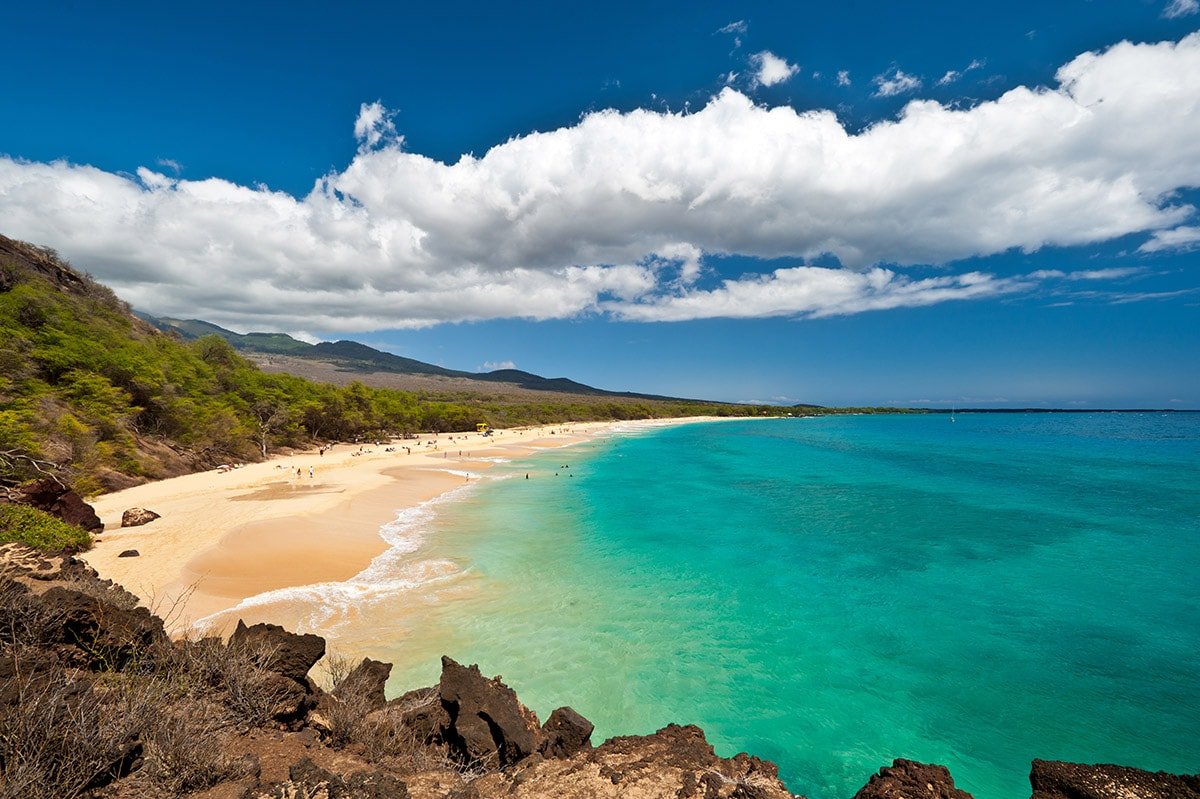
Spanning 165 acres of pristine Maui shoreline, the Makena State Park is perhaps Maui’s most popular state park, attracting thousands of locals and visitors alike. It’s divided into two beaches split apart by Puʻu Olai, a massive volcanic cinder cone soaring more than 350 tall in the heart of the park.
Makena Beach, also known as Oneloa Beach and Big Beach, seems to stretch as far as the eye can see, where you’ll spot people sunbathing, swimming and, on days there is large surf, boogie boarding. Just north of that expansive swath of sand sits Pu’u Olai Beach — often called Little Beach, one of the few nude beaches in the Aloha State. Regardless which section of the park you go to, neither of the beaches have water fountains, so be sure to bring your own!
Kaumahina State Wayside
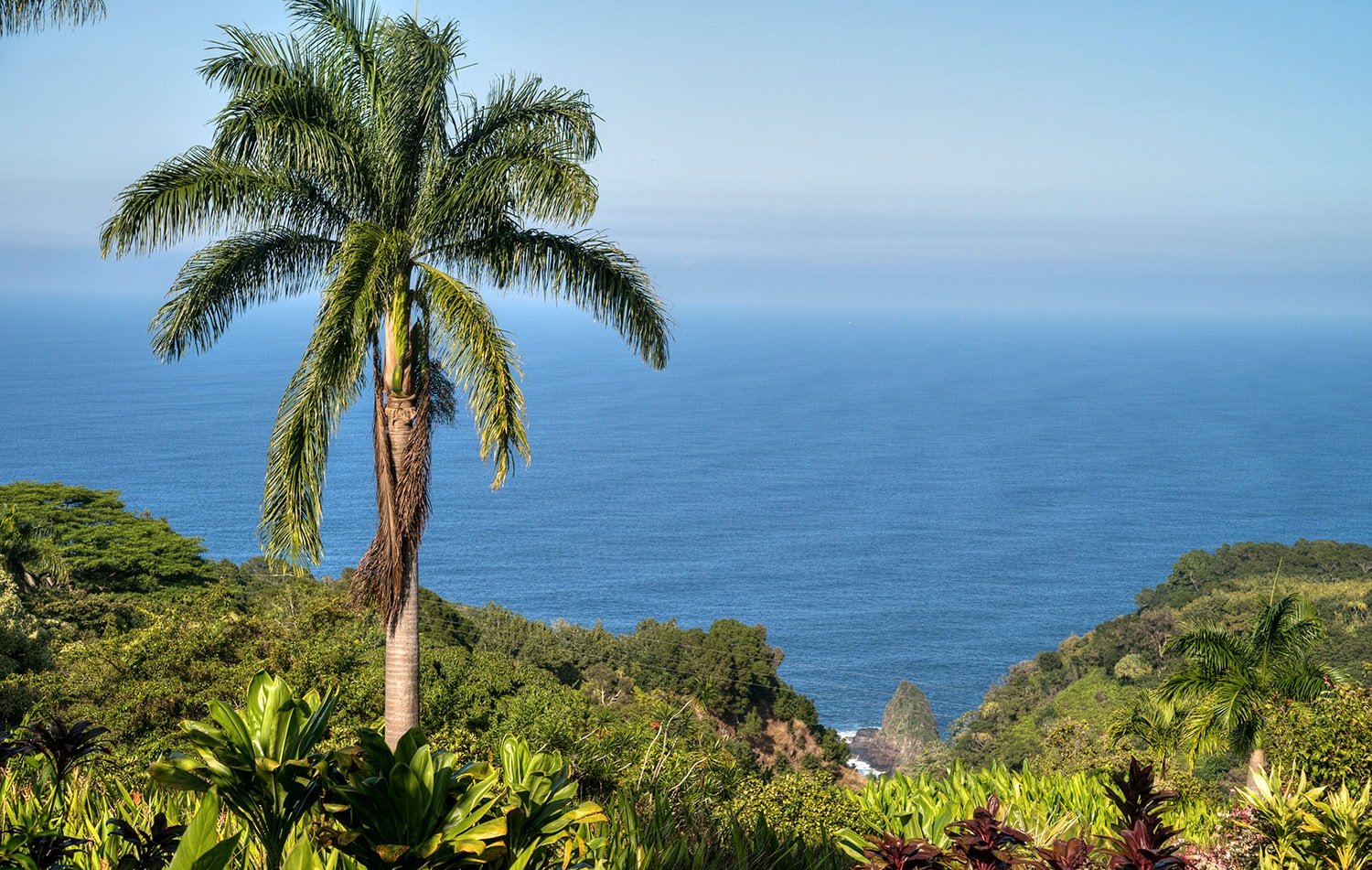
This little-known haven is the rest area you’ve always dreamed of. Tucked away along the road to Hana past mile marker No. 12, Kaumahina State Wayside is comprised of almost 8 acres of lush, untouched Maui coastline. Take a break from driving and set up a picnic or get some fresh air while exploring short loop trails that offer sites of native plants and birds. But most importantly, be sure to take five minutes to take in the spectacular view of the Ke'anae Peninsula and the village below.
Halekiʻi-Pihana Heiau State Monument
Halekiʻi-Pihana Heiau State Monument is home to one of the island’s most sacred and historical sites, yet even longtime residents may have never heard of it. Just north of the hustle and bustle in Kahului, the 10-acre park protects two heiaus, once associated with one of the most powerful Hawaiian chiefs. The temples are named Halekiʻi and Pihana, which sit near the mouth of the ʻIao Stream in Wailuku and overlook ‘Iao Valley and Kahului Bay.
In the late 1700s, Kahekili, the last independent king of Maui, made Haleki’i both his home and place of worship. He designated the heiaus as war temples to be used for sacred rituals and ceremonies to honor the god of war, Kū.
‘Iao Valley
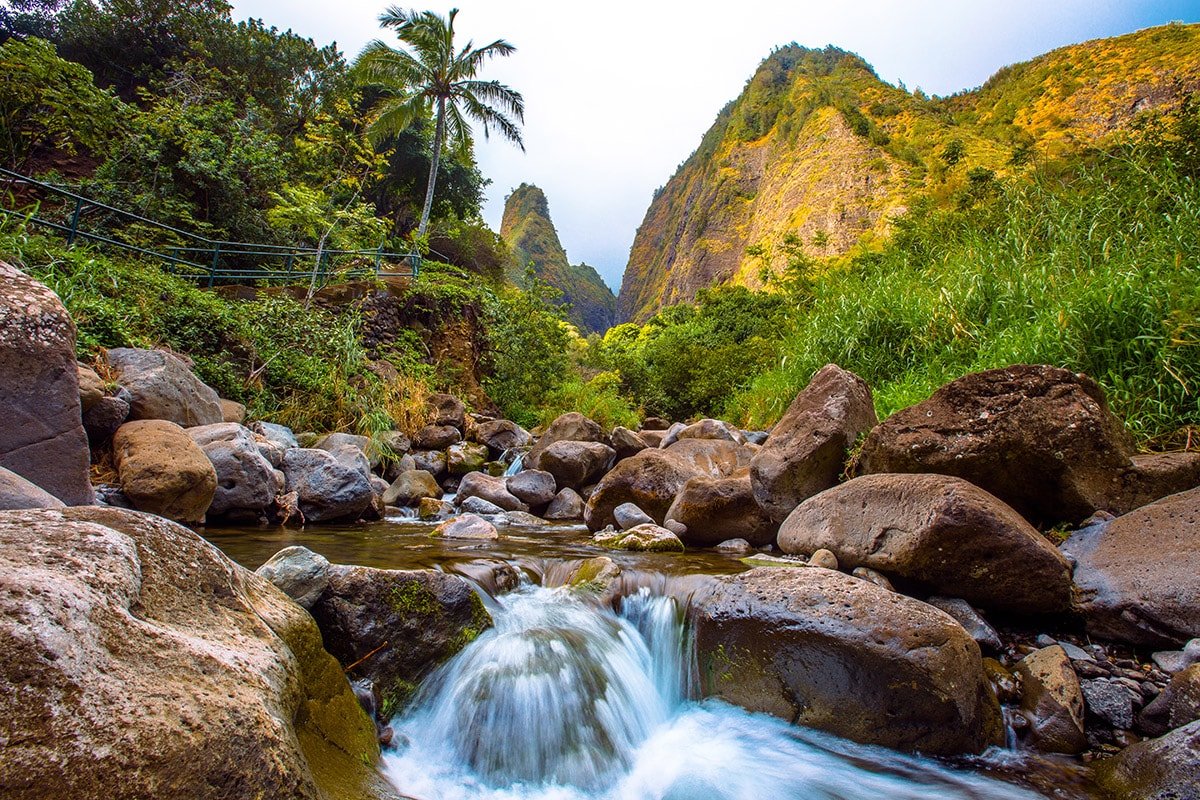
Nestled in the heart of Central Maui, ‘Iao Valley State Park spans 4,000 acres of lush forests, towering mountain crests and picturesque streams and waterfalls. A paved pedestrian path leads to one of Maui’s most famous natural landmarks, the 1,200-foot tall ‘Iao Needle.
Besides hiking through the lush forests or exploring interactive exhibits at the Nature Center, ‘Iao Valley offers visitors a glimpse into one of the most pivotal points in Hawaiian history — the Battle of Kepaniwai. In 1790, King Kamehameha I defeated Maui’s army in a bloody battle in his mission to unite the islands. Kamehameha’s forces prevailed, even with the 1,200-foot-tall needle serving as a lookout point for the rival army.
Polipoli
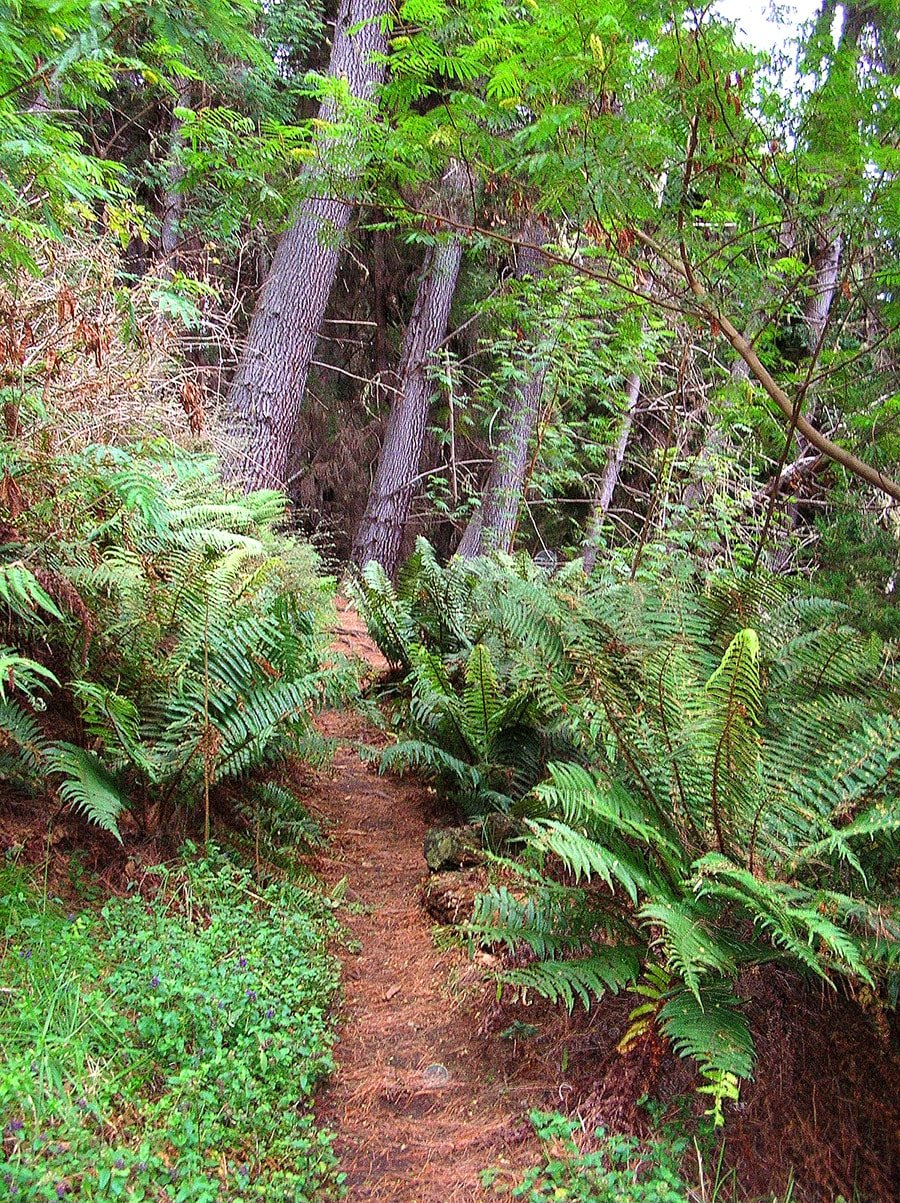
Photo: Forest and Kim Starr [CC BY 2.0], via Wikimedia Commons
Nestled at 6,200 feet up the slopes of Haleakala, you’ll find Polipoli Spring State Recreation Area, one of the only state-managed parks in Maui. Ascend into another world as you climb in elevation, surrounded by trails that meander through old-growth forests — including Redwoods. It's one of the few state parks where you can camp, and if you plan your trip in advance, you can reserve the sole cabin in the park. Or, set up at one of the undesignated campsites, many of which offer a panoramic view of the verdant Upcountry landscape that leads to Maui’s azure coasts.
Wai'anapanapa
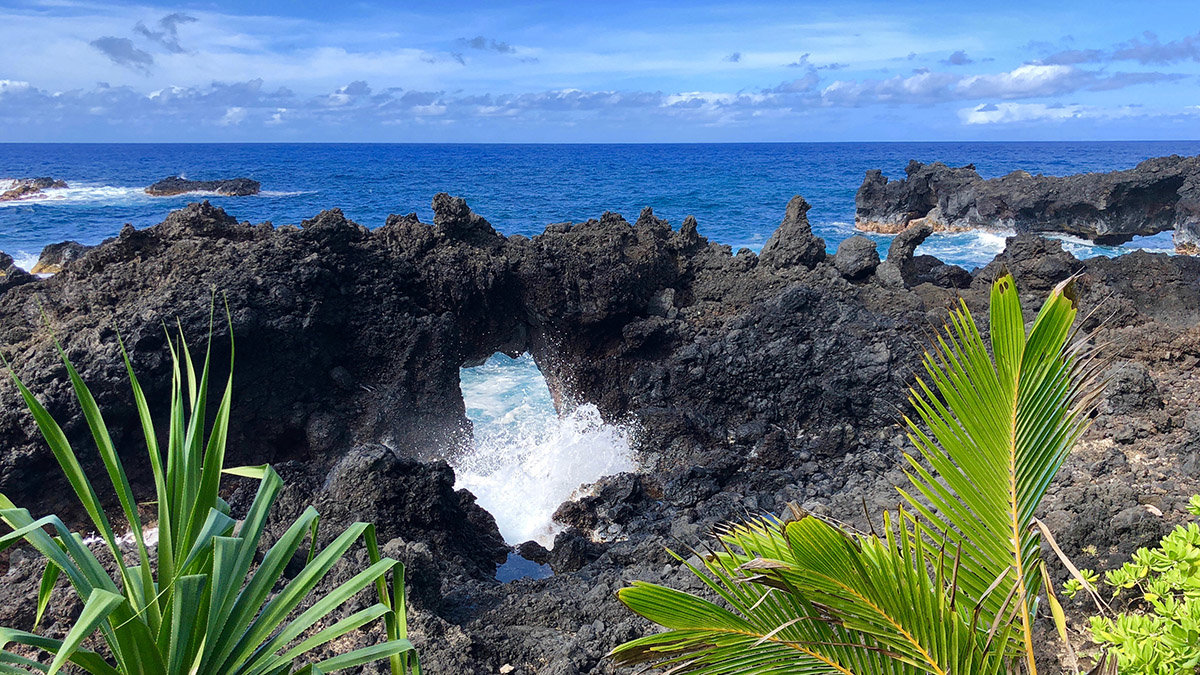
With hidden coves, blowholes, tidepools, Native Hawaiian cultural sites and black-sand beaches, the grounds protected by Wai’anapanapa State Park are truly Mother Nature’s masterpiece. Settled along the verdant Hana coastline, Wai’anapanapa is the only other state park where you can set up camp or rent cabins. It's both a historical and ecological wonder: At certain times during the year, the crystal, clear water in pools protected by caves suddenly turns red. We know now that it’s because tiny red shrimp appear in the water, but Hawaiian legend says it’s the blood of Popoaleae, a princess who was murdered in the cave by her cruel husband after she tried to flee from him.
Leave A Comment